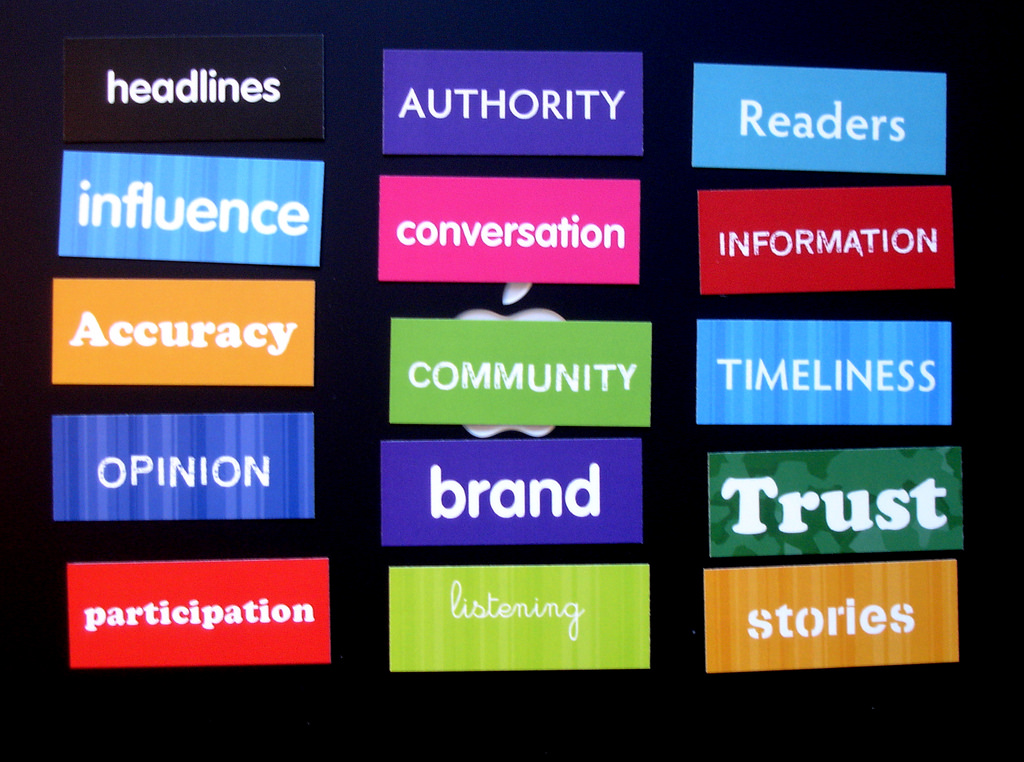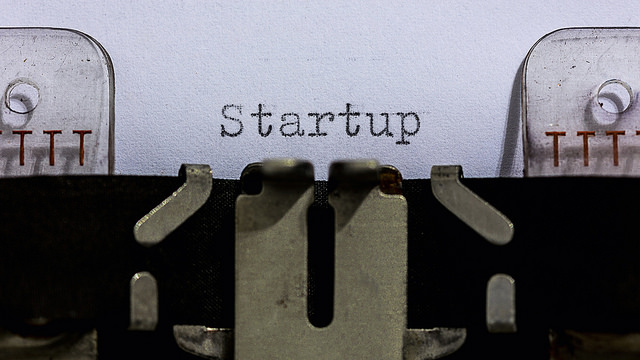The internet has been blowing up since it was revealed on Monday that Craig Wright is the creator of Bitcoin.
Bitcoin is a new currency that was created in 2009 by a phantom developer that went by the name Satoshi Nakamoto. The currency is unique because it allows its users to make transactions without a bank, and has grown popular enough to allow Bitcoins to be used to buy items from pizza to websites. Nakamoto’s identity has always been shrouded in mystery, and added to the allure of the culture around Bitcoin. As of Monday, it was revealed to the world that Nakamoto is really an Australian businessman with 9 degrees. But everyone is not convinced.
This isn’t the first time the the creator of Bitcoin was said to be revealed. Just last year Wired and Gizmodo magazines claimed that Wright was Nakamoto. The reports were immediately criticized, with Wired reporting that claims of Wright as the creator of Bitcoin was a hoax. This time, Wright wrote his own blog post staking the claim as Nakamoto himself. This post was backed up by Bitcoin Foundation chief scientist Gavin Andresen, who showed support by writing a blog post of his own.
So how can we tell if Wright is really the creator of Bitcoin? It all comes down to signed cryptographic keys. Wright claims to be in possession of cryptographic keys that only the real Satoshi Nakamoto would have access to. Encryption works by using two keys, a private and public key to move data safely over the internet. Wright is claiming to have a private key that shows that he is the real Nakamoto. But even the existence of a private key has been contested. Having a private key doesn’t prove identity, it just proves that the person that is signing has access to the private key.
While Wright has taken steps to prove that with his private key, he can link to a bitcoin address mined by Satoshi Nakamoto, it makes you wonder how much it matters. Satoshi Nakamoto left the Bitcoin project. Although his work is the backbone of Bitcoin, it isn’t necessarily important to know who the real creator of Bitcoin is as far as Bitcoin’s future is concerned. But at least for now, there will still be a hint of mystery attached to Bitcoin’s creator.
Article via Mashable, 2 May 2016
Photo Vires In Numeris by Zach Copley [Creative Commons Attribution-NonCommercial-NoDerivs]





